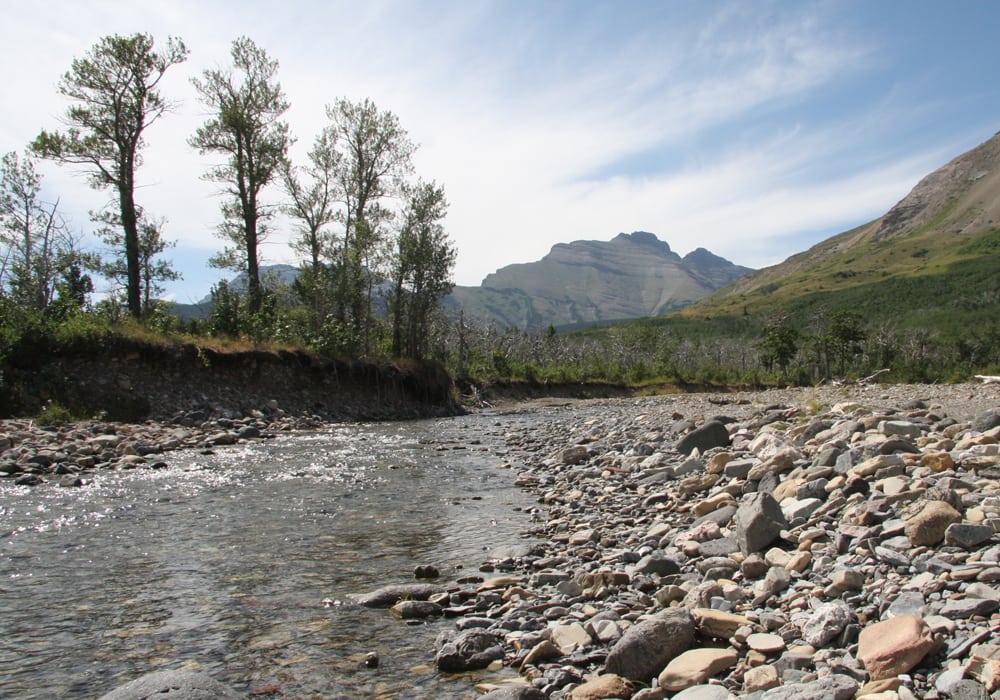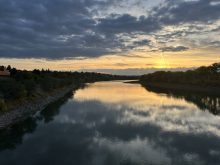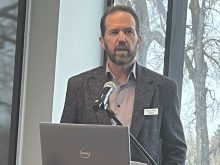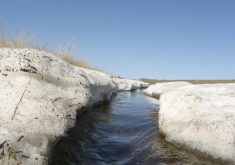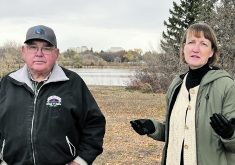Cabinet minister says Ottawa plans to spend more than $25 billion over 12 years for ‘green infrastructure’ projects
Ralph Goodale, the only Liberal MP from Saskatchewan, says it’s time for the provinces to get more serious about managing the country’s fresh water resources.
Speaking Aug. 13 to delegates at the International Commission on Irrigation and Drainage conference in Saskatoon, Goodale said water management experts and provincial decision makers need to work together to invest in “up-front … water development and infrastructure” projects that will mitigate the impacts of drought and flooding.
Extreme drought and floods are expected to become more common as global climate patterns continue to change, he said.
Read Also
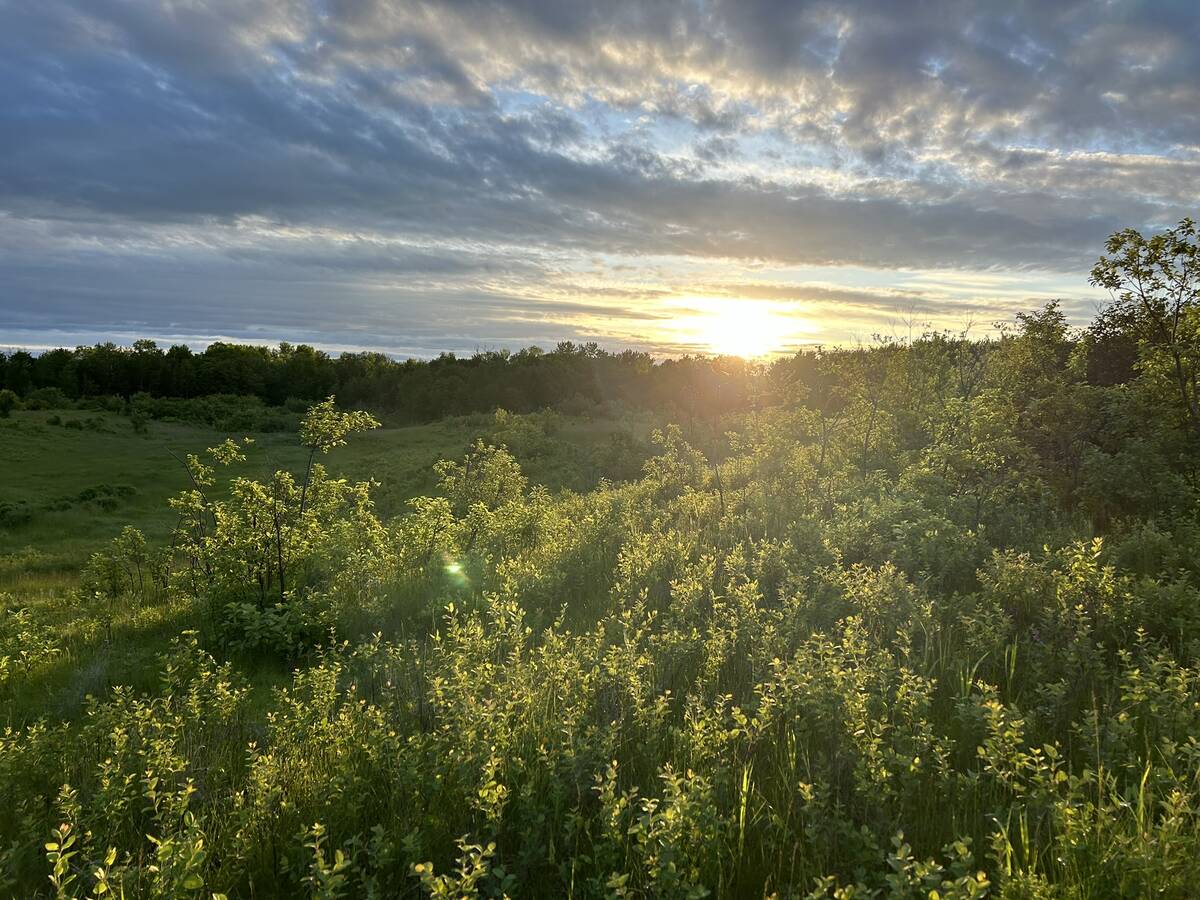
Manitoba farm group named finalist for national water innovation award
The Manitoba Forage and Grassland Association’s Aquanty Project for local hydrological modelling has earned them one of three finalist spots for a national award from Water Canada.
Saskatchewan needs a forward-looking water management strategy that allows for economic and social growth, both in agriculture and beyond.
“There are those who still don’t believe that climate change is real, or that human behaviour has anything to do with it, or that our Canadian portion of the problem is big enough to prompt significant action here,” Goodale said.
“But consider this: under the Disaster Financial Assistance Arrangement which the Government of Canada has in place with all Canadian provinces and territories, we have spent more in the last five or six years cleaning up the wildfire and flooding consequences of climate change than we spent in the entire previous history of this program stretching back to 1970.
“Going forward, the annual flood and fire losses, we are told by the auditor general, will run in the order of a billion dollars each year. So, it’s only smart to try to get ahead of that curve.”
Goodale said political decision makers need to come up with a plan that ties together “major (existing) projects on the scale of Gardiner Dam and landscape management initiatives (that) preserve and restore … natural wetlands that hold water and mitigate flood risks.”
To that end, Ottawa has earmarked more than $25 billion over 12 years for “green infrastructure” projects, he said.
Of that amount, $5 billion is already flowing to community water and waste-water projects and public transit initiatives.
Another $9 billion will be transferred to provinces and territories to address regional priorities.
The federal government will also administer a national fund of $2 billion dedicated specifically for disaster mitigation and adaptation projects across Canada.
Projects that qualify were described as major transformational projects, selected on the basis of need and merit.
“In other words, we’re looking for the best big infrastructure ideas to make provinces like Saskatchewan and industries like agriculture truly more resilient and less vulnerable to the consequences of climate change,” he said.
“Water lies at the heart of this ambition.”
Goodale referred to the Gardiner Dam, which opened 51 years ago, as a visionary project that transformed agriculture in Saskatchewan and improved the quality of life for provincial residents.
The reservoir supplies safe, fresh water to more than 60 percent of Saskatchewan’s population, provides a reliable source of hydro-electrical power and protects the province against the impacts of flooding and drought.
It also laid the table for an expanded irrigation industry in Saskatchewan, leading to improved agricultural production, rural diversification and value-added growth.
Yet the province is making practical use of only a “tiny fraction of the potential offered by the South Saskatchewan River,” he said.
Goodale also took a swipe at the former Conservative government led by Stephen Harper, which eliminated the Prairie Farm Rehabilitation Administration in 2012.
The Regina MP called the decision to scrap the PFRA “myopic” because it came at a time in history when residents of the Canadian Prairies are facing “serious soil and water issues.”




